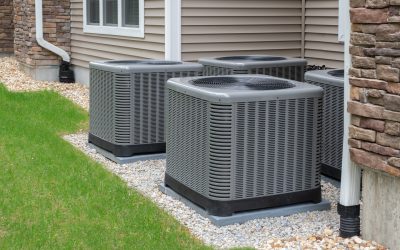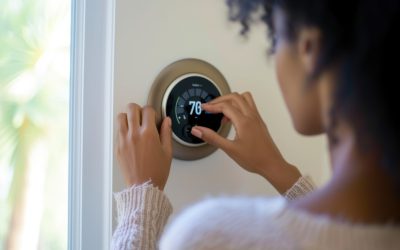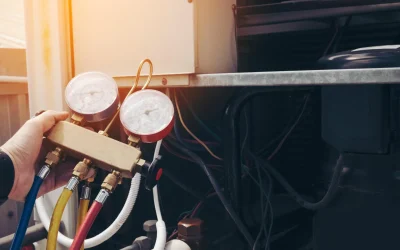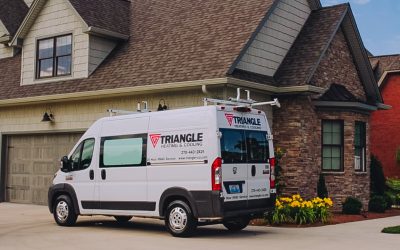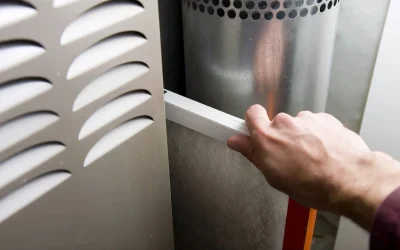A high-efficiency furnace keeps your house warm while using less energy than a low-efficiency furnace. Furnace manufacturers use a variety of technologies and features to achieve high efficiency. Read on to learn about some of these features.
Two Heat Exchangers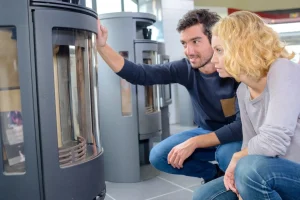
Lady and a Man Checking High Efficiency Furnace — Paducah, KY — Triangle Heating & Cooling
The heat exchanger separates the combustion chamber from the air you breathe. The heat exchanger ensures that heat, and not flue gases, reach your indoor air. A conventional or non-condensing furnace has a single heat exchanger. Unfortunately, such a furnace loses some heat up the chimney along with byproducts of combustion, such as combustion fumes and water vapor.
A condensing furnace, a type of high-efficiency furnace, has two heat exchangers. The second heat exchanger receives and condenses hot water vapor from the combustion process. The water vapor releases its heat as it condenses. The extra heat also warms the house, thereby enhancing the furnace’s overall efficiency.
Heat Recovery Ventilator
A standard furnace filters and reheats the air already inside the house, in addition to a little fresh air. The fresh air typically comes into the house via small cracks around doors and windows. That might not be the case if your house is extremely airtight. You may need a special air intake to draw fresh air into the house in such a case.
You need a heat recovery ventilator (HRV) if your furnace draws fresh air from outside. The HRV will preheat the fresh, cold air from outside using the stale indoor air. That way, the furnace doesn’t have to spend a lot of energy to raise the cold air’s temperature to match the indoor temperature.
Variable-Speed Blower
A furnace blower blows heated air into the duct system to circulate into different parts of the house. Some furnaces have single-speed blowers, while others come with variable-speed blowers. The furnaces with single-speed blowers operate either at full capacity or not at all. Those with variable-speed blowers can operate at different levels.
A variable-speed blower is more efficient than a single-speed blower. The variable-speed blower can reduce its speed, and hence energy demands, depending on the heating need. For example, the variable-speed blower can run at full speed when you first switch on the furnace and then reduce the speed to maintain the temperature.
Modulating Gas Valve
A high-efficiency furnace is likely to use a combination of a variable-speed blower and a modulating gas valve to reduce energy consumption. The modulating gas valve regulates the volume of gas entering the burners.
Say you have just come home and switched on the furnace. The variable-speed blower will run at full speed to supply as much heated air as possible. The modulating gas valve will also maximize gas supply to maximize heat production. The modulating gas valve reduces gas supply, and the blower reduces heat once the house temperature becomes comfortable.
Electronic Ignition
A gas furnace needs a source of heat to light the burners and keep them burning. Some furnaces use a gas-burning pilot light for this purpose. You light the pilot light first, and it keeps on burning as long as the furnace is on. Thus, the pilot light also consumes considerable energy.
High-efficiency furnaces use electronic ignition. An electronic ignition only sparks when needed — it doesn’t need to stay on all the time. Thus, the electronic ignition is more energy-efficient than its pilot light counterpart.
The efficiency of your furnace installation is just as important as the make and model. Once you have a high-efficiency furnace installed, you must also service and maintain it. Contact Triangle Heating & Cooling for a high-efficiency furnace the next time you want to replace your heating system. We will help you select and install a high-efficiency furnace for your house.

